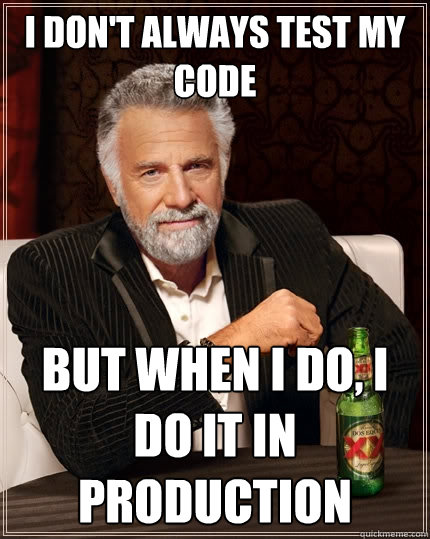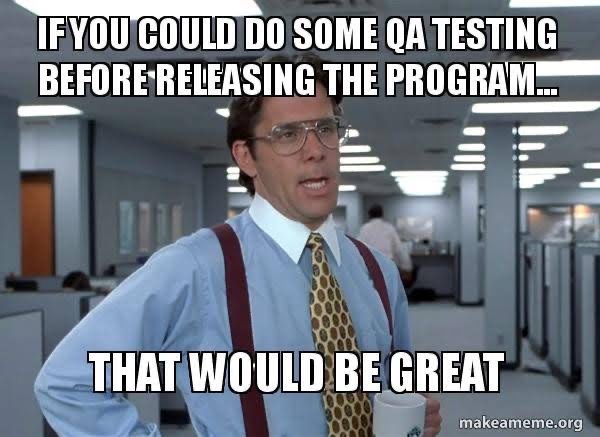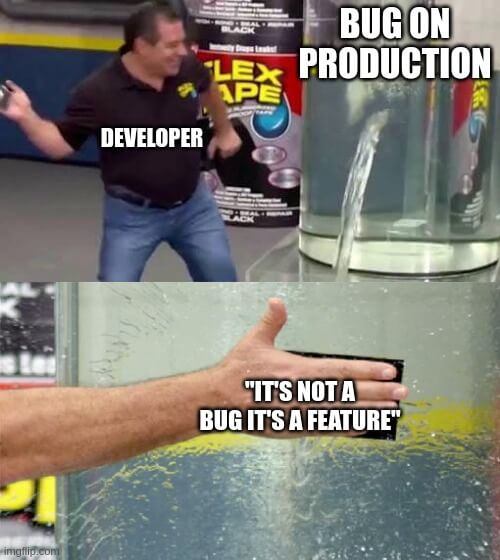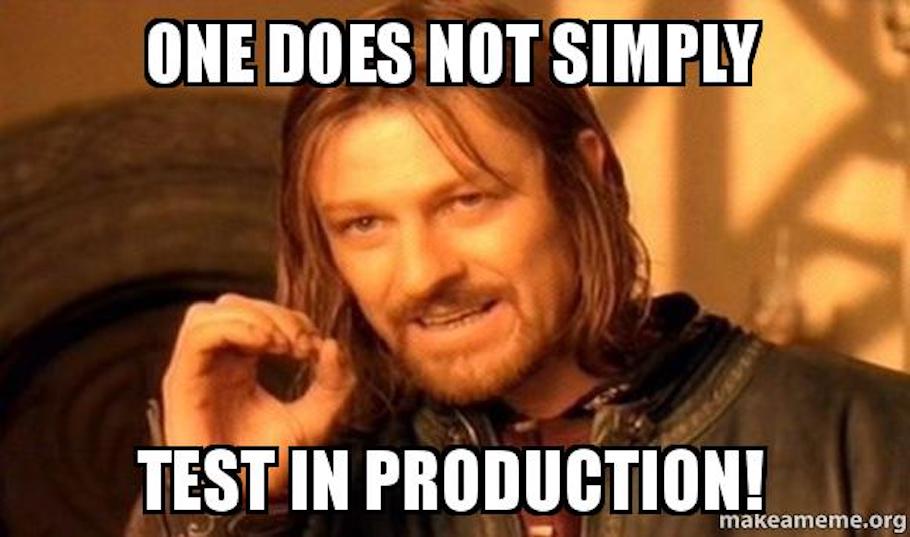Production Testing Memes - Turning Mishaps into Laughter
Tests! They've been haunting us since our school days when even the mere mention of the word would send shivers down our spines and make us dream of a world without pop quizzes.
Well, guess what? The world of software development didn't get the memo! In fact, they've gone and upped the ante with a little something called "testing in production." Oh, the nightmare! It's like a horror movie where the monster lurking around the corner is a bug that slipped through QA!

Nonetheless, while testing in production may not always be the recommended approach, it sure has inspired some light-hearted jokes and memes within the developer community. Stick around, and we'll explain why testing in production is not as horrifying as you might think.
Shall we begin?

First off, let’s get on the same page of what it means to test in production? It's when you evaluate new code changes on actual live users in a production environment rather than in a staged or test environment.
I test in production because I like my bugs served fresh.

Despite many people fearing testing in production like they do pop quizzes, you should consider it a vital part of your software development process instead, and who knows, maybe that'd make it feel less daunting.
Real men test in production.

It must seem scary having to release a shiny new feature into production to test it out.
It’s like flirting with disaster.

But let’s be honest; we’ve all done it at one point or the other.

And if you’ve not? Try living life on the edge – test in production.

I mean, what could go wrong?

You're likely shaking your head vigorously right now, thinking the stakes are too high, particularly in today’s fast-paced world where consumers can ditch you over a minor blunder.
The last thing you want is to alienate your devoted customers or tarnish your hard-earned reputation by unveiling a glitchy feature.

Yet, testing in production does come with great benefits. It lets you obtain feedback from your most active users, enabling you to tweak and enhance your releases as needed.
Why have a test environment when your users can be your QA team?

The best testers are the clients themselves.

Really, who needs a safety net when you can have a live audience?

And if you happen to find a bug… there's still the danger of everything going haywire.

Is it worth it?

Fear not, it's not as spine-chilling as it appears.
Moreover, testing in production lets you experiment with ideas and potentially discover unanticipated features.

Nonetheless, testing in production doesn’t have to be like playing Jenga, where instead of pulling blocks out of a tower, you're randomly pushing buttons and hoping everything doesn't come crashing down (and it often does).

There are better ways to test in production.

Now you may be pondering, fantastic, yet the risks of testing in production and potentially unhappy users remain. However, the situation is not as daunting as it appears.
What if…?

Incorporate feature Flags in Production Testing
Utilizing feature flags during production testing enables you to push code to production or reveal new functionalities to a specific group of users. As a result, the code or feature remains hidden from the broader audience, and should any issues arise, you have the option to retract the feature using a kill switch, ensuring minimal impact.

Armed with feature flags, you have full command over your software releases. Simply encapsulate your features or new code within a feature flag, and you can activate or deactivate them as effortlessly as flicking a light switch!

Hence, you possess a swift, simple, and low-risk method for deploying new features and retracting any problematic ones to rectify them before making them available to the wider audience, minimizing any adverse effects on your user base should complications occur.
Final Words
Remember, these short memes are meant for fun and should not be taken as encouragement for risky software development practices. However, you can safely test in production using feature flags as it offers numerous benefits, including controlled exposure of new features, real-time feedback from users, improved user experience, faster iterations, easy rollback, customization, A/B testing, and reduced risk. This approach enables developers to efficiently identify and resolve issues without impacting the overall user experience.
Check out ConfigCat's Twitter, Facebook, LinkedIn, and GitHub to learn more.
